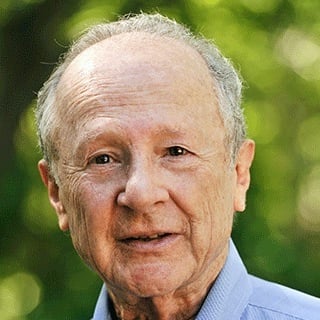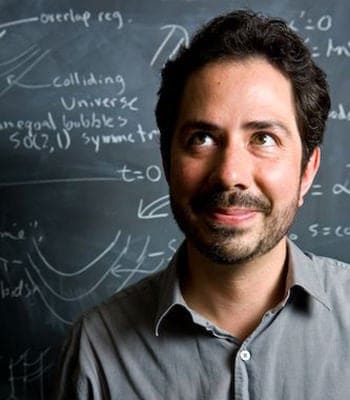Matthew Meselson | Harvard University

Contents
Matthew Meselson | Harvard University
Professor of the Natural Sciences
Exhalation during normal breathing and talking produces aerosols consisting of very small particles. Aerosol particles have diameters in the micron range, too small to settle appreciably under gravity. Instead, they are carried by air currents and dispersed by diffusion and air turbulence. Certain persons called “super spreaders” produce especially large amounts of aerosol. Because they are so small, aerosol particles do not have enough kinetic energy when inhaled to cause them to impact on surfaces in the respiratory tree. Instead, they follow flow lines down to the depths of the lungs where they may deposit in the alveoli.
Experimentally-produced aerosols containing COVID-19 virions have been found to remain infectious as assayed on tissue culture, with no reduction in infectivity during a 3-hour period of observation. Aerosols from infected persons may therefore pose an inhalation threat even at considerable distances and in enclosed spaces, particularly if there is poor ventilation. The possible contribution of infective aerosols to the current pandemic suggests the advisability of wearing a suitable mask whenever it is thought that infected persons may be nearby and of providing adequate ventilation of enclosed spaces in which such persons are known to be or may recently have been.
About the Future of Life Institute
The Future of Life Institute (FLI) is a global think tank with a team of 20+ full-time staff operating across the US and Europe. FLI has been working to steer the development of transformative technologies towards benefitting life and away from extreme large-scale risks since its founding in 2014. Find out more about our mission or explore our work.
Related content
Other posts about COVID-19

Yi Zeng | Chinese Academy of Sciences/BAAI

Anthony Aguirre | UC Santa Cruz

Emilia Javorsky | FLI

